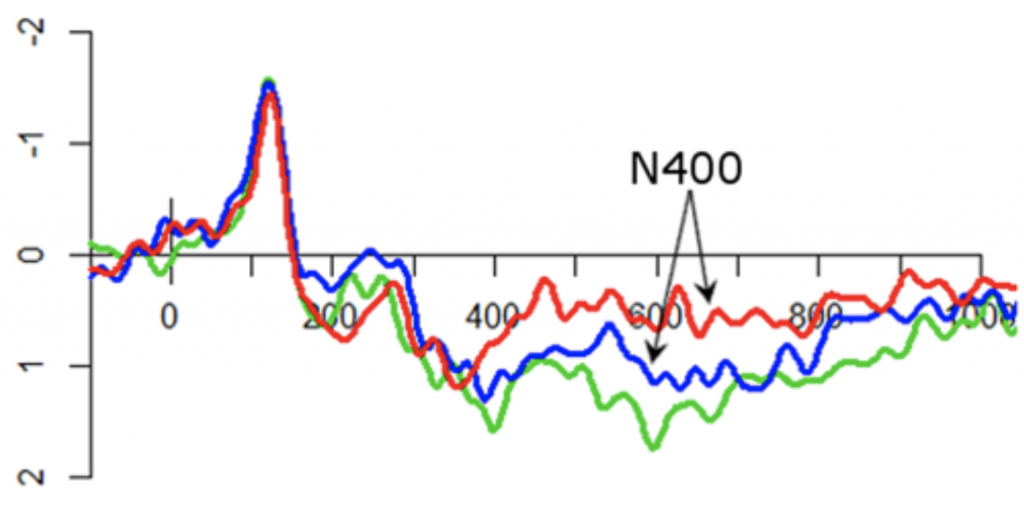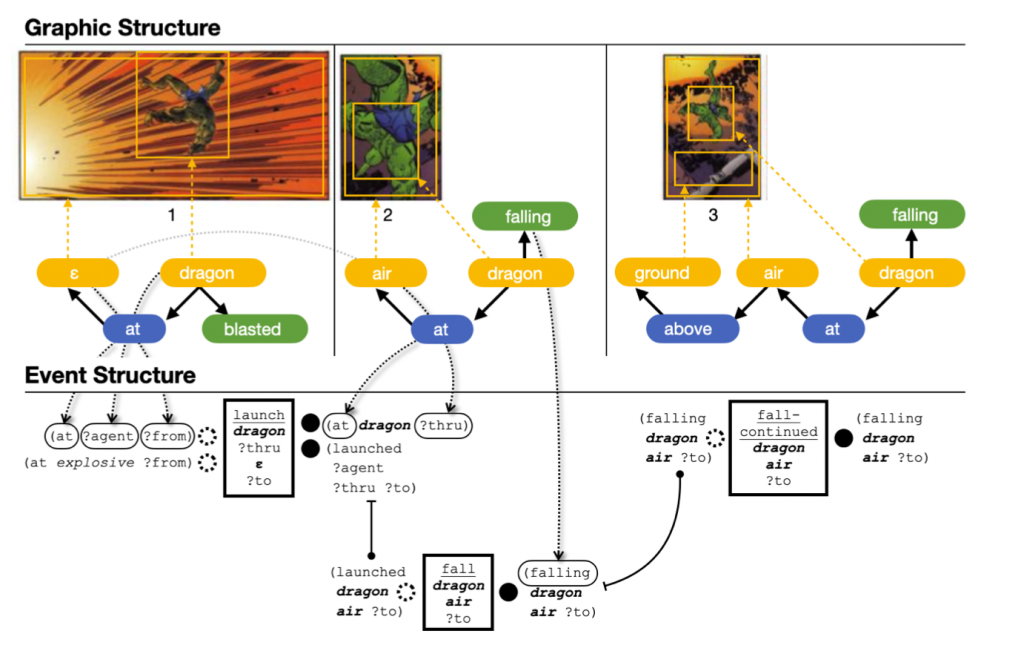2020: My publications in review
Better late than never! A few years ago I started doing yearly reviews of all the papers I’d published in a year (all can be found here). It’s a nice way to summarize what had been done, and possibly give people an entry place for our research. When it came time to do 2020’s list though, it just didn’t feel very appropriate given the year we’d had. However, me being a completionist, I’m making up for it this year.
So, here’s the papers I published back in 2020….
Visual Narrative Research: An Emerging Field in Cognitive Science – In 2020 I edited an issue of Topics in Cognitive Science along with my colleague Joe Magliano. This paper was our introduction which I’d originally wanted to name “Why Cognitive Science should study visual narratives,” which tells you a bit about the flavor. This is a nice review paper for people interested in the topic.
Visual and verbal narrative comprehension in children and adolescents with autism spectrum disorders – My paper with Mirella Manfredi and colleagues examined the processing of simple visual narratives and simple sentences in both neurotypical and autistic adolescents.
Show me how you feel – This paper with Lia Kendall and colleagues was the first study to use eye-tracking to examine upfixes, and we compared cartoony versus photographed faces/symbols.
Predictability modulates semantic processing of non-verbal narratives – The processing meaning in the brain is highly sensitive to the predictability of incoming information. This has been shown for almost 40 years in studies of language, and my paper with Emily Coderre and colleagues here show similar effects for sequential images.
The Visual Narrative Engine – In this paper with Chris Martens and Rogelio E. Cardona-Rivera, we made a proposal for implementing my theory of narrative structure in a computational architecture. The aim was to describe a system that could not only analyze the structure of visual narratives, but could also generate them.
Zooming in on the cognitive neuroscience of visual narrative – In this paper with Tom Foulsham, we analyze the brain response to differences in the framing of information in panels of visual narratives. We compared regular panels with zoomed-in viewpoints, and show that this change in framing leads to changes in the access of information and how information is updated.



Comments